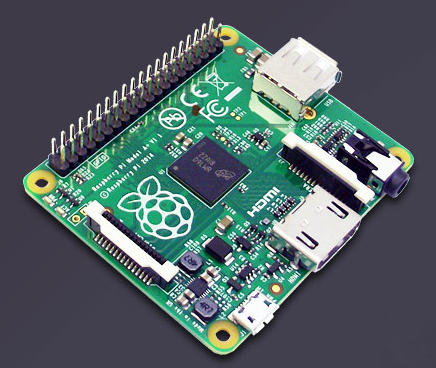
So here it is, no doubt you've seen it, being all over the interweb the past few days, starting here.

We received a few today to check them out for compatibility with BitScope Micro and as expected, it performed brilliantly!
At $ 20 Eben and James have pulled a proverbial rabbit out of the HAT.
This tiny little piece of Pi is from our point of view the perfect platform for embedded hardware designs conforming to the HAT specification. It's one step up from the Pi Compute Module and a great addition to the Raspberry Pi family but its very limited connectivity (one USB port only) is likely to be a problem in many applications.
Hardly a problem though because there's the Raspberry Pi Model B+ with four USB ports and Ethernet built-in!
So we thought we'd give it the A+ go and see if it works the same as the B and B+.
And it does, of course! The Model A+ has half the RAM of the B+ (256M) but this is more than enough for BitScope
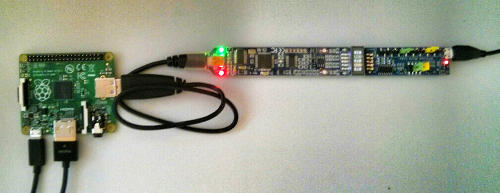
The single USB port provides enough power to drive BitScope but there is a problem of course; you can't talk to the Raspberry Pi at the same time.
The Model A+ has the same camera and display connectors and the same 40-way connector as the B+. We have some ideas about how we could use this with BitScope Micro and a touch screen display which we may explore later but for now we want to see if we can get the same functionality of the B+ with A+. And we can, if we add a USB hub.
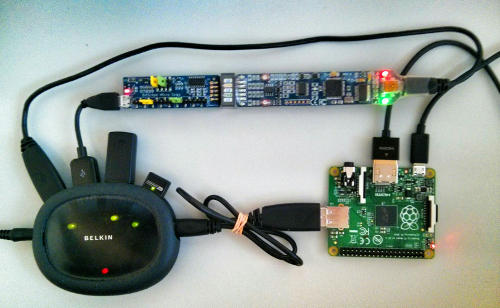
Here we have set-up something similar to what we've done before with B+ but in this case we're using a hub we've connected a keyboard/mouse, WiFi adapter, BitScope Micro and the Mixed Signal Board.
Not nearly as convenient as using a B+ but the idea is to prove it can be done. In fact the compatibility between the B+ and A+ is remarkable, we were able to create a new SD card and install the software on a B+ and simply replace the B+ with the A+ in this configuraton and it all "just worked".
We have not checked the power budget yet but we did find the A+ did not like running this particular USB hub. We'll run some more tests and check the specs but it's not surprising the hub might need a bit more power.
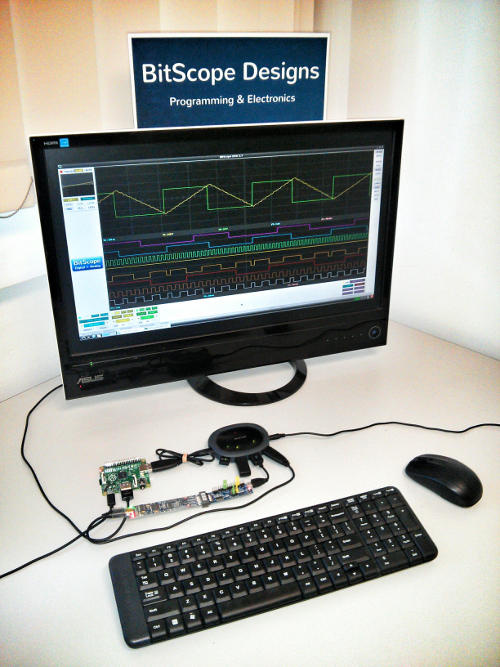
So here's the whole system, HDMI monitor, keyboard, mouse, WiFi network, BitScope Micro and the test circuit.
We put the BitScope DSO software though its paces and as we expected it worked exactly the same as on the B and B+.
So, why choose A+? It's cheaper and if you're going into volume production this may be an important consideration but in the scheme of things it begs the question as to why you'd choose A+ over the B+
Clearly it's smaller and it consumes much less power as Alex at Raspi.tv discovered. Given BitScope Micro has a minuscule power requirement it would make a good combination running on battery power.
However, the absence of at least one extra USB port and no network connectivity is a bit of a drag. It means you can connect a keyboard/mouse or a network dongle or a peripheral like BitScope Micro but only one of these at a time.
What we really want is at least two USB ports in a slimline design like the A+ but we understand that to do this would impact the price of the A+ because it would require an on-board hub chip and support circuitry.
So what's the answer?
If you're into a little hardware hacking and you like the slimline design of the A+ but the connectivity of the B+ then Adafruit may have the answer. Shortly before the release of the A+, Phillip Burgess over at Adafruit posted a terrific blog explaining how to slim down a B+ to be "almost" an A+, almost perfect, two USB ports in slimline design.
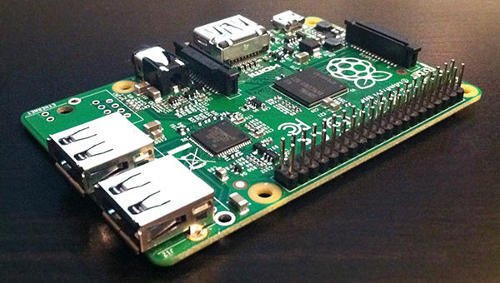
But who could complain? The A+ is a remarkably inexpensive single board computer with a brilliant software stack and the B+ has all the connectivity you could want and cost only a little bit more.
If you really want a slimline board Adafruit have the answer and if you want to make a highly integrated design (e.g. Slice) taking advantage of the same software stack there's Raspberry Pi Compute Module.
All in all we're very impressed with the direction the Raspberry Pi Foundation have taken with all these new designs.
We'll be taking advantage of them all with BitScope Micro over the coming months, so stay tuned!